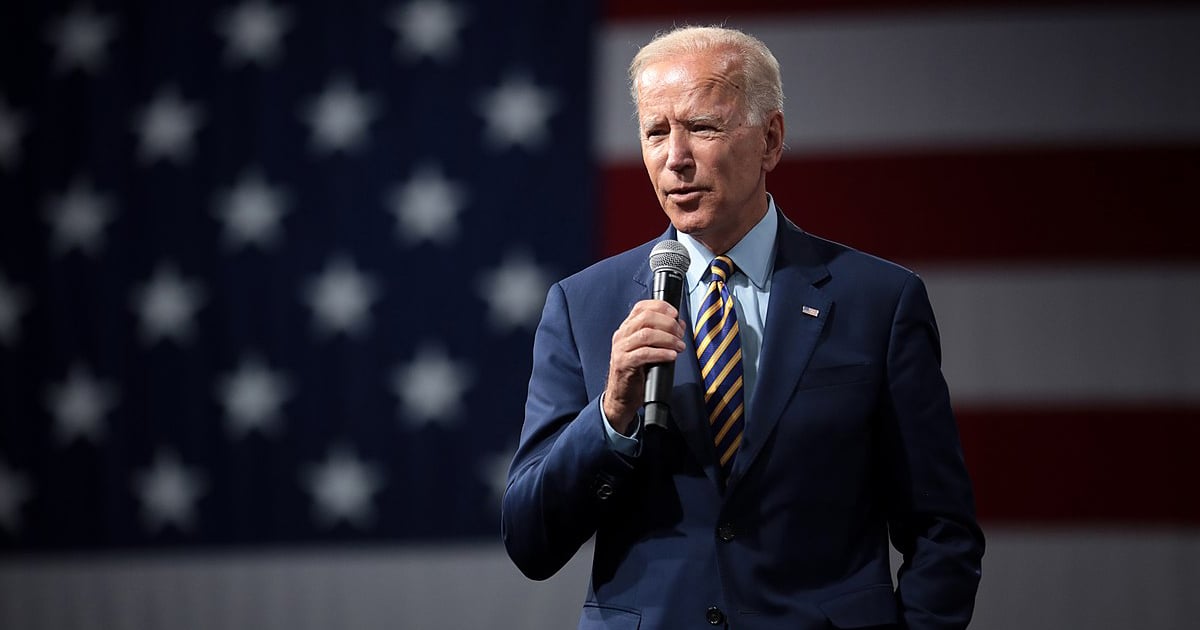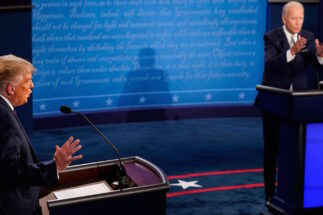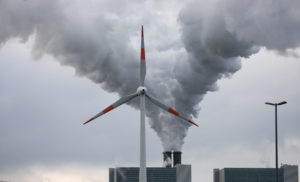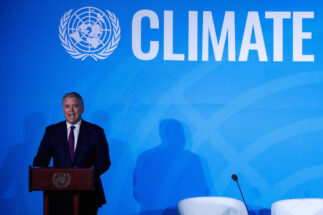All eyes are set on how President-elect Joseph Biden will handle the growing pandemic, a struggling economy and a polarised nation. And then there is the relationship with China— the US’ number one trading partner, and an emerging rival superpower in the Western hemisphere.
Biden has already selected his foreign policy team, which includes the first woman leading the intelligence community and the first Latino to head the department of Homeland Security. The team’s rhetoric already differs markedly from Trump’s administration on migration and climate policy.
The principle that China is a strategic rival to the US has bi-partisan support
But don’t expect any big changes towards China, say foreign policy experts, who expect Biden to maintain President Trump’s hardline policy.
“The principle that China is a strategic rival to the US has bi-partisan support, and this also includes the role of China in Latin America,” said Bruno Binetti, an analyst with the Washington DC based think-tank The Dialogue. “What might change, as in all foreign policy, is the instruments rather than the goals or the understanding of the problem.”
Under the Trump administration the US ignited a trade war by imposing tariffs on more than $550 billion worth of Chinese products. It proceeded to threaten governments that aligned with Beijing, and launched its own plans to compete with Chinese investments through President Xi Jinping’s signature Belt and Road Initiative (BRI).
550 billion
Dollars were taxed on Chinese goods by the U.S.
Hostility towards Chinese engagement in Latin America and around the world has underpinned US foreign policy under Trump since he assumed office in January 2017. These longstanding concerns have been echoed by Biden and the Democratic party platform.
“Democrats will be clear, strong, and consistent in pushing back where we have profound economic, security, and human rights concerns about the actions of China’s government,” the 2020 platform said.
Throughout the campaign, both President-elect Biden and Trump stated their intentions to play hardball with Beijing.
China’s influence in Latin America
After years of rapid economic growth and a surplus of capital, China became the largest development lender in Latin America. Although in the past few years financial flows have been reoriented towards more investment at the company level, China had already gained a foothold by financing numerous infrastructure projects. At the same time, it became Chile, Brazil, Peru and Uruguay’s biggest trading partner, challenging the US’ historic presence in the region.
“China has sought markets and investment opportunities to extend financial debt and loans that can then finance Chinese infrastructure projects in regions like Latin America,” said Aaron Schneider, a professor of International Studies at the University of Denver, said. “It has meant billions in Chinese investments, loans, and increased trade between China and Latin America.”
In the last decade the US has sought to curb Chinese influence in the region through a series of programmes, threats and foreign policy maneuvers. Former US President Barack Obama launched the Trans-Pacific Partnership (TPP) in 2015, an initiative that sought to liberalise trade between 12 countries around the Pacific rim and challenge increased Chinese influence. But the TPP was scrapped by the Trump administration in 2017.
Did you know...?
China is Chile, Brazil, Peru and Uruguay’s biggest trading partner
In the meantime, China pushed ahead with its own proposal and in November this year, 15 countries of the Asia-Pacific signed the Regional Comprehensive Economic Partnership (RCEP), forming the world’s largest trade bloc in terms of combined GDP. The signing followed eight years of negotiations and marked “a victory of multilateralism and free trade”, according to Chinese premier Li Keqiang. Critics, including Obama himself, had said that a China-led bloc threatened to lower environmental standards in trade.
In terms of bilateral relations, the Trump administration has pressured governments across Latin America to eschew Beijing’s overtures. In 2018, Congressional Republicans threatened to remove El Salvador from the Obama-era Central American development plan, the Alliance for Prosperity, after it accepted a US$150 million unconditional ‘gift’ from China for infrastructure projects.
Under Trump, the US has also used its leverage to challenge Chinese technology firms in Latin America. In June 2020, Trump opened talks with Brazilian President Jair Bolsonaro to fund the purchase of 5G technology from European telecommunication companies Nokia and Ericsson, rather than Chinese firm Huawei, which had already installed a 4G system in the country. Any such project would require the complete reinstallation of telecommunication technology, according to Schneider.
Schneider said he believes Biden will continue with the same pressure tactics. “Biden might be a bit more diplomatic, and the State Department might be a little less strong armed in its tactics, but that basic conflict remains.”
The Trade War
Trump bet that by increasing tariffs on Chinese imports, the trade deficit between the two nations would shrink and manufacturing jobs would return to the US.
However, US economic growth faltered, business investment froze, and companies didn’t hire as many staff. Across the nation, farmers went bankrupt, and the manufacturing and freight transportation sectors hit lows not seen since the last recession. Trump’s actions amounted to one of the largest tax increases in years, according to Heather Long of the Washington Post.
Some Latin American countries benefited from the trade war, including Brazil and Argentina which increased exports of agricultural products to China, largely because China imported less soy from the US. Mexico was dubbed by some as ‘the winner of the trade war’, as Chinese and American manufacturing companies relocated to Northern Mexico to circumvent tariffs and ease of access to the US market.
Biden will try to de-escalate the trade war, but it won’t be done suddenly
But economic experts such as Otaviano Canuto, principal of the Center for Macroeconomics and Development, argue that any short term wins for Latin America were only temporary and will be outweighed by the long term negative impacts of the trade war.
Did you know...?
The US. launched the initiative Growth in the Americas to contest China's influence in Latin America
“My guess is that Biden will try to de-escalate the trade war, but it won’t be done suddenly,” Binetti said. “There are business investment decisions that have been made based on those tariffs. I don’t see those tariffs disappearing from one day to another, it would be costly for Biden.”
According to Binetti, the Biden Administration will likely try to contain China through multilateral fora.
A shift in tactics?
After first slapping the wrists of the ambassadors of Panama, El Salvador and the Domincan Republic for shifting their countries’ diplomatic allegiances from Taiwan to China, the US came to realise it needed to offer an alternative to Chinese investment.
This shift was demonstrated in December 2019, as the Trump administration launched the “Growth in the Americas,” or America Créce, initiative in conjunction with the US Chamber of Commerce. The initiative seeks to provide billions of dollars of government-subsidised investment for US companies for key infrastructure projects across the hemisphere, to rival Chinese investments in highways, ports, and energy projects in Latin America through the BRI.
One of the key architects of the initiative, Mauricio Claver-Carone, the new head of the Inter-American Development Bank and close Trump ally who was elected to head the bank in September 2020.
These efforts are likely to be continued by the administration of President-elect Biden, Binetti suggests, since despite being less well-known than the BRI, the America Crece Initiative has broad cross-party support in the US. Biden himself has called for US$4 billion through private-public partnerships in Central America to catalyse growth and reduce poverty.
“The architecture of the way in which [money] will be delivered will look much like the way it did under the Obama administration and the Trump administration’s America Créce initiative,” Schneider said.








